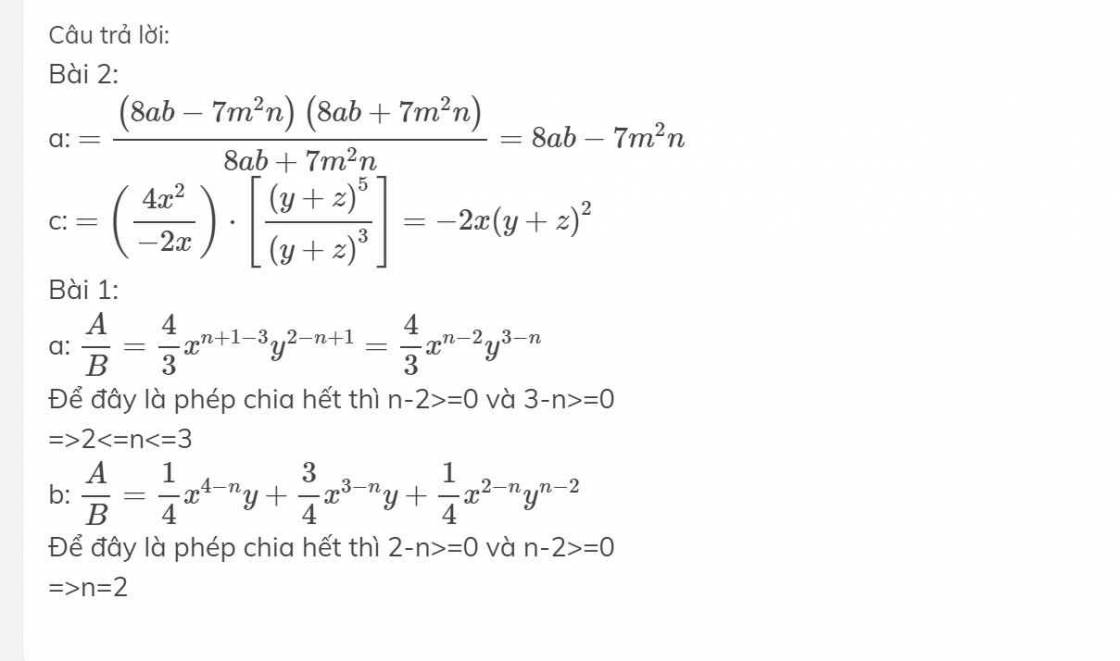Hãy nhập câu hỏi của bạn vào đây, nếu là tài khoản VIP, bạn sẽ được ưu tiên trả lời.


4x2 + 2y2 + 2z2 - 4xy + 2yz - 4xz - 6y - 10z + 34 = 0
<=> [ ( 4x2 - 4xy + y2 ) - 4xz + 2yz + z2 ] + ( y2 - 6y + 9 ) + ( z2 - 10z + 25 ) = 0
<=> [ ( 2x - y )2 - 2( 2x - y )z + z2 ] + ( y - 3 )2 + ( z - 5 )2 = 0
<=> ( 2x - y - z )2 + ( y - 3 )2 + ( z - 5 )2 = 0
\(\hept{\begin{cases}\left(2x-y-z\right)^2\\\left(y-3\right)^2\\\left(z-5\right)^2\end{cases}}\ge0\forall x,y,z\Rightarrow\left(2x-y-z\right)+\left(y-3\right)^2+\left(z-5\right)^2\ge0\forall x,y,z\)
Đẳng thức xảy ra <=> \(\hept{\begin{cases}2x-y-z=0\\y-3=0\\z-5=0\end{cases}}\Leftrightarrow\hept{\begin{cases}x=4\\y=3\\z=5\end{cases}}\)
Thế vào S ta được :
S = ( x - 4 )2020 + ( y - 3 )2020 + ( z - 5 )2020
= ( 4 - 4 )2020 + ( 3 - 3 )2020 + ( 5 - 5 )2020
= 0 + 0 + 0
= 0

\(x^2+y^2-4x-6y+13\)
\(=\left(x^2-4x+4\right)+\left(y^2-6y+9\right)\)
\(=\left(x-2\right)^2+\left(y-3\right)^2\)
hk
tốt...